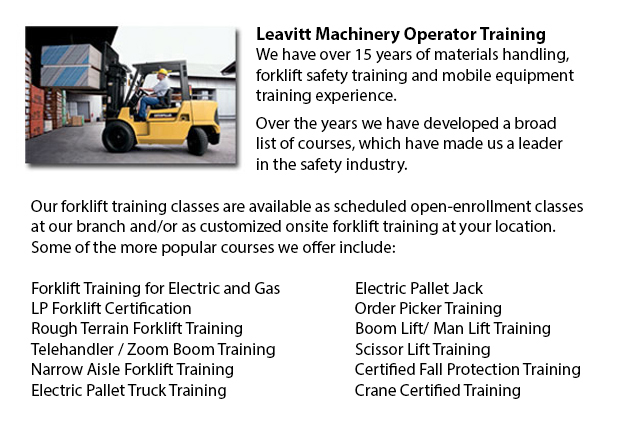
The scissor lift or platform lift, is an automated industrial lift that has been adapted to be utilized in retail, wholesale, manufacturing and production settings. Industrialized scissor lifts have been used mostly within production and manufacturing facilities for many decades to effectively elevate and lower supplies, people and other equipment. The scissor lift is a platform with wheels that functions like a forklift. It is handy for duties that call for the mobility and speed of transporting individuals and material into the air.
When extended, the scissor lift can range 6.4 to 18.8 meters or from 21 to 62 feet above ground. It is distinctive in the fact that it does not rely on a straight column to elevate its platform, rather folding supports underneath it come together and stretch the platform upwards. Offered with either an electric or hydraulic motor, the scissor lift provides a uneven ride due to the lift's design that keeps it from traveling with a invariable velocity. Instead, it travels more rapidly in the middle of its path and slows down with more extension.
The initial scissor lifts were initially manufactured in the 1970's. Sizable upgrades in safety and materials have been prepared since then, but the fundamental design is still used. A relative to the forklift, the scissor lift became well-known for its portability and effectiveness, also becoming common as they were the only mechanized platforms that could be effortlessly retracted to fit into the corner of an office. They are most commonly utilized indoors from warehouses to automotive repair, these equipment function in many different worksites completing many unusual jobs.
-
Komatsu Forklift
Komatsu Forklift U.S.A. Inc., a member of the Komatsu Ltd. family, has an encouraging reputation for building durable and reliable forklifts. They are recognized globally as a business who has a proud heritage and who maintains a standard of superior... More -
Pneumatic Forklifts
Pneumatic lift trucks are often called pallet lift trucks or pump trucks and are commonly used in warehouses and delivery facilities to move resources on pallets. Pneumatic lift trucks comprises a pair of metallic forks mounted on a wheeled counterwe... More -
Toyota Forklift
Since 1992, Toyota Material Handling inc., U.S.A., also called TMHU, have been the top selling lift truck dealer in the United States. Proudly celebrating more than 40 years of performance, the Irvine, California based company presents an extensive l... More -
Genie Forklift
Genie is a universally recognized company that enjoys the spirit of partnership with their extensive network of connected customers. Genie Industries prides itself on the idea of bringing materials and people higher and extending beyond the products... More -
Clark Forklift
Presently, there are at least 350,000 Clark forklifts performing worldwide, and upwards of 250,000 in commission in North America alone. With five major lines across the globe, Clark is proud to be one of the most expansive organizations in the indus... More

Forklift Training Goodyear
TOLL FREE: 1-888-254-6157
Goodyear, Arizona
forkliftcertificationgoodyear.com
Email Us
About Us


